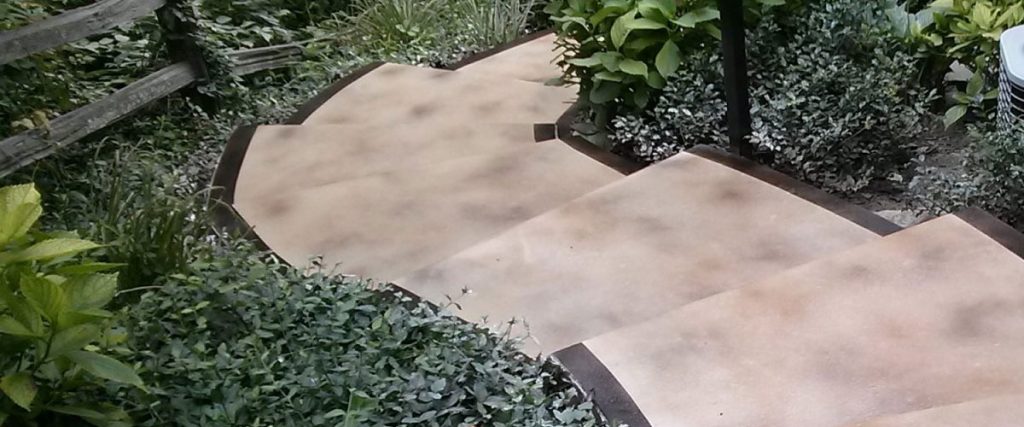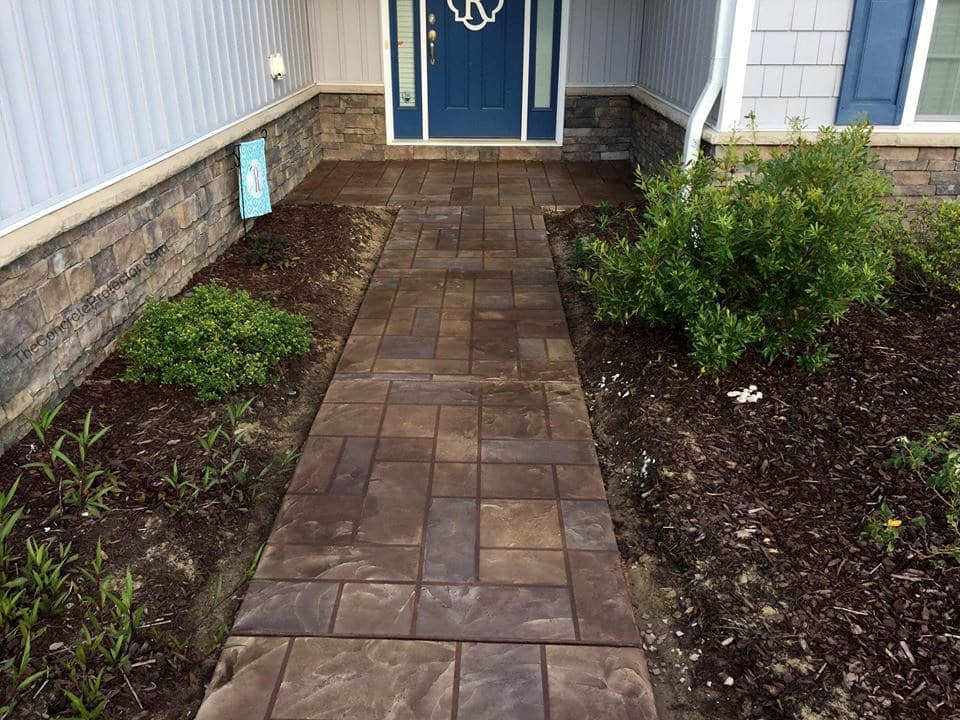Stained concrete has become an increasingly popular flooring option for both residential and commercial spaces. This versatile flooring option offers a range of design possibilities, durability, and affordability, making it an excellent choice for those looking to enhance the aesthetics of their home or business.
What is Stained Concrete?
Stained concrete is a type of decorative concrete that has been treated with a chemical solution that penetrates the surface to create a semi-translucent color. Unlike paint or coatings that sit on top of the surface, stains react chemically with the concrete to create a unique and durable finish.
There are two types of stains: acid-based and water-based. Acid-based stains create a more natural and mottled look, while water-based stains offer a more consistent finish. Both types of stains come in a variety of colors, making it possible to achieve a range of finishes, from subtle earthy tones to vibrant, bold hues.
Advantages of Stained Concrete
Durability: Stained concrete is incredibly durable, making it ideal for high-traffic areas such as commercial spaces or outdoor patios. The chemical reaction between the stain and the concrete creates a permanent bond that won’t peel, flake, or fade over time. With proper care, a stained concrete floor can last for decades.
Design Flexibility: Stained concrete offers a wide range of design possibilities. Depending on the color and application method, it can create a range of effects, from a subtle mottled look to an eye-catching marbled effect. Stains can also be used to create patterns, borders, or custom designs. The design possibilities are limited only by your imagination.
Easy Maintenance: Stained concrete requires minimal maintenance. Unlike carpets that need to be vacuumed regularly or wood floors that need to be sanded and refinished, stained concrete can be easily cleaned with a damp mop or a mild cleanser. Stained concrete is also resistant to moisture, mold, and mildew, making it an ideal choice for areas prone to dampness.
Cost-Effective: Stained concrete is an affordable flooring option compared to other types of flooring materials such as hardwood, tile, or stone. The staining process is less labor-intensive, and the materials are less expensive. Additionally, stained concrete is an eco-friendly flooring option as it utilizes existing concrete surfaces, reducing the need for additional materials.
Disadvantages of Stained Concrete
Despite the many advantages of stained concrete, there are a few potential disadvantages to consider:
Limited Repair Options: While stained concrete is incredibly durable, it can still be damaged by heavy impacts, sharp objects, or extreme temperatures. If the surface is damaged, it can be challenging to repair without compromising the color and texture of the finish.
Installation Challenges: Staining concrete is a complex process that requires specific skills and expertise. Improper application of the stain can result in an uneven finish, color inconsistencies, or a blotchy appearance. To ensure a high-quality finish, it is recommended to hire a professional concrete contractor with experience in stained concrete installation.
Conclusion
Stained concrete is an excellent flooring option for those looking for durability, design flexibility, and affordability. With a wide range of colors and application methods, it can create a unique and eye-catching finish that can enhance the aesthetics of any space. While there are a few potential drawbacks to consider, the many advantages of stained concrete make it an attractive and practical choice for both residential and commercial spaces.

